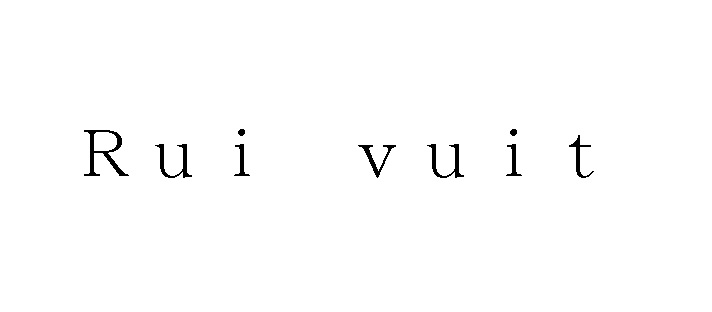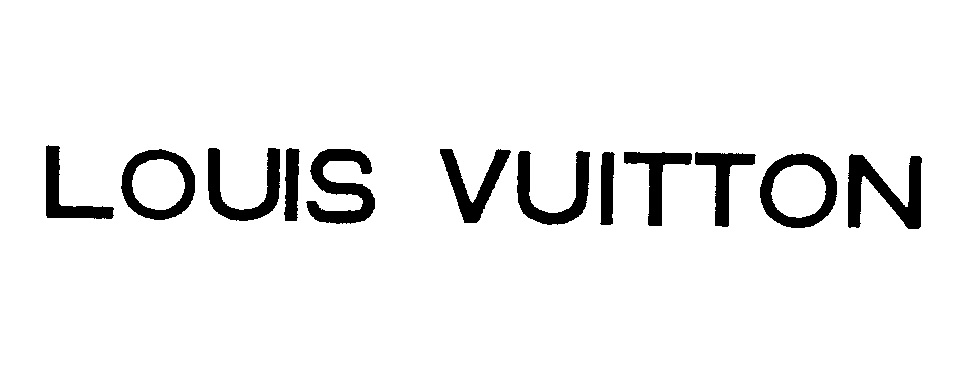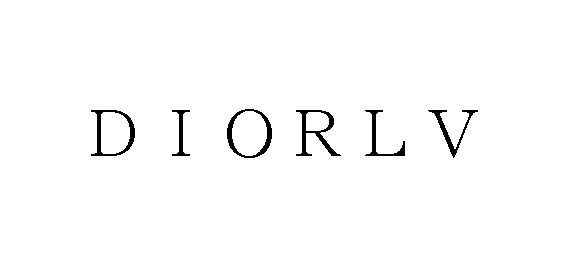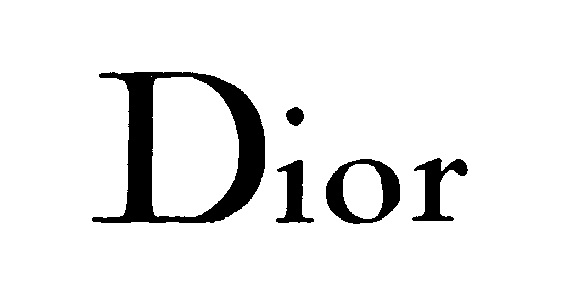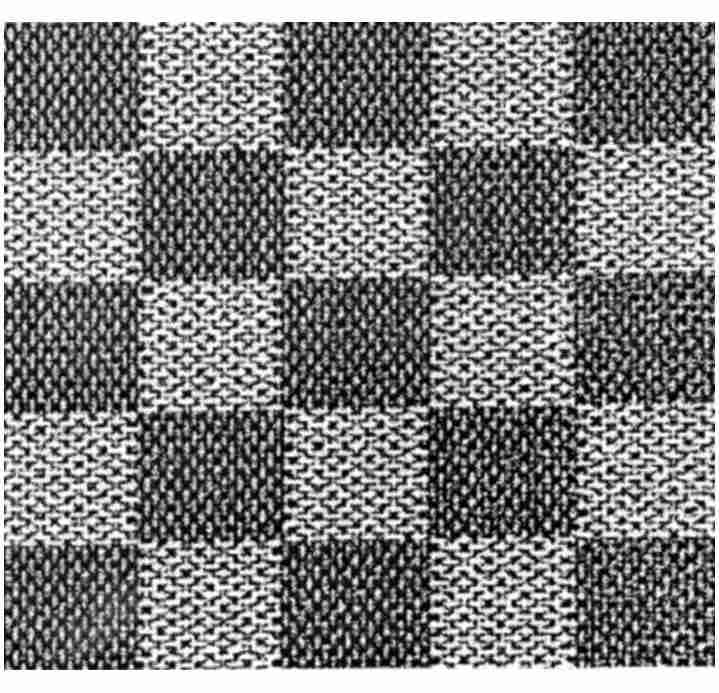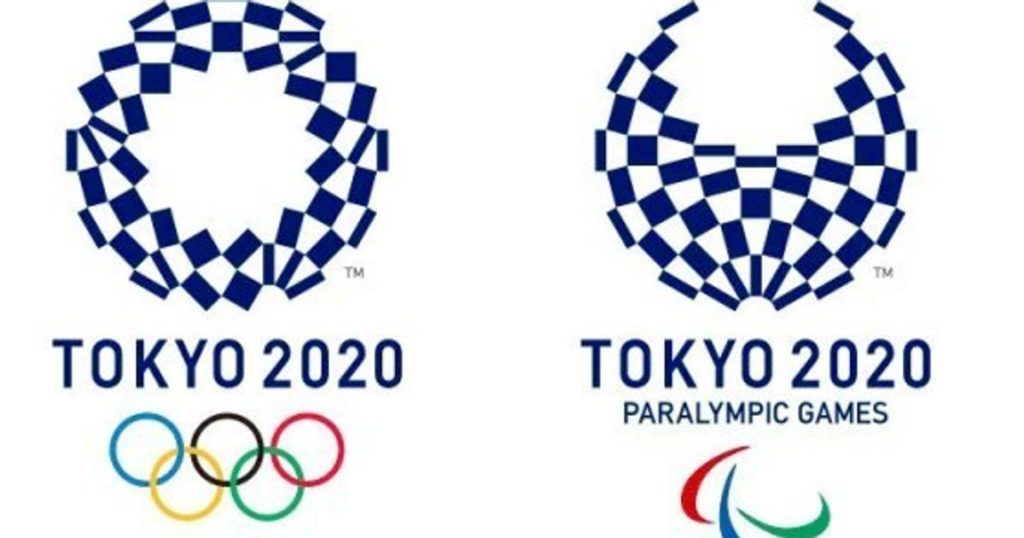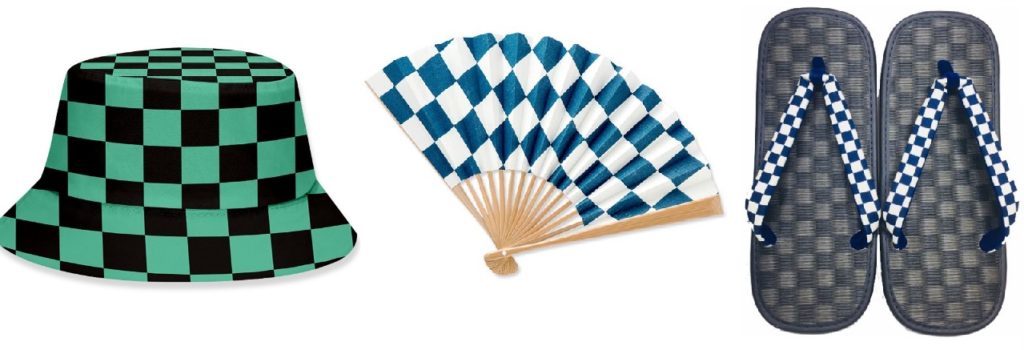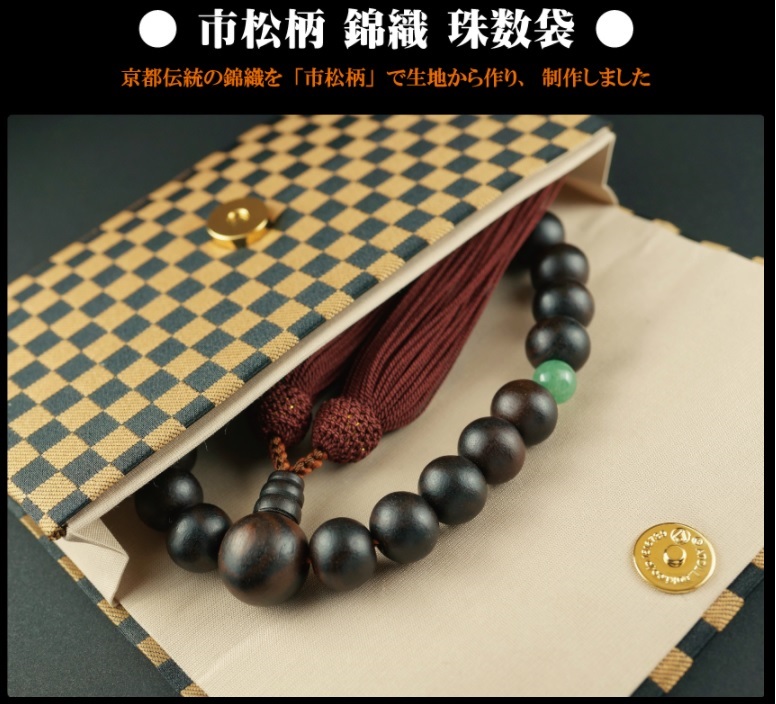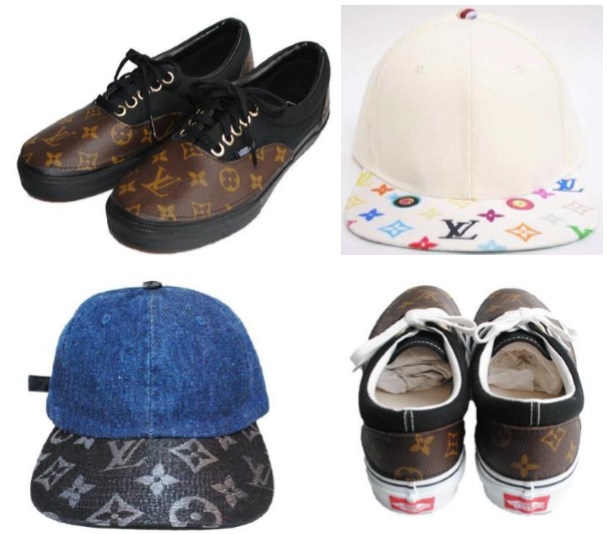The Japan Patent Office (JPO) dismissed a trademark opposition against TM Reg no. 6685241 in class 18 and 25 filed by LOUIS VUITTON MALLETIER due to dissimilarity to and unlikelihood of confusion with the famous “LV” monogram.
[Opposition case no. 2023-900138, decided on January 12,2024]
Opposed mark
A Japanese individual filed a mark consisting of “MARU des VINTAGES”, “KYOJI MARUYAMA”, and a monogram-like device (see below) for use on bags, leather products, clothing, footwear and other in class 18 and 25 on July 22, 2022 with the JPO.
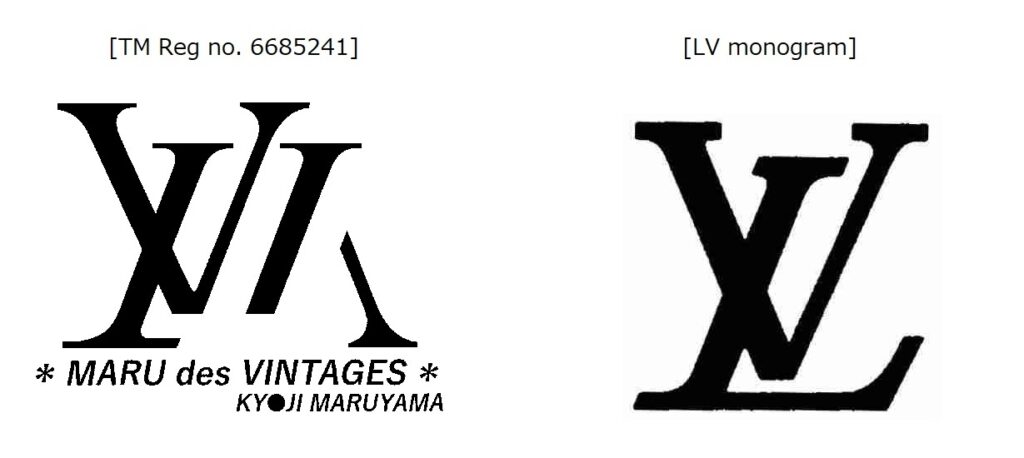
Seemingly, the device looks like a motif made by overlapping “V” and other characters, “LI”, “LA” or “M”.
In the course of substantive examination, the JPO examiner raised his objection just to confirm if the applicant has a consent from the person named “KYOJI MARUYAMA”.
Upon confirmation, the examiner granted protection of the mark on March 10, 2023 and the JPO published it for a post-grant opposition on April 7, 2023.
Opposition by Lous Vuitton
On June 7, 2023, just before the lapse of two-month opposition period counting from the publication date, LOUIS VUITTON MALLETIER filed an opposition with the JPO and claimed that the opposed mark shall be cancelled in contravention of Article 4(1)(xi) and (xv) of the Japan Trademark Law by citing IR no. 1127687 for the famous “LV” monogram in classes 18, 25 and others effectively registered in Japan since April 2014.
Article 4(1)(xi) is a provision to prohibit the registration of a junior mark that is identical with, or similar to, any senior registered mark.
Article 4(1)(xv) provides that a mark shall not be registered where it is likely to cause confusion with other business entities’ well-known goods or services.
Louis Vuitton argued the monogram-like device of opposed mark is confusingly similar to the world-famous “LV” monogram from a visual point of view. If so, relevant consumers are likely to confuse a source of the goods in class 18 and 25 bearing the opposed mark with Louis Vuitton even if the opposed mark contains distinctive literal elements, “MARU des VINTAGES”.
JPO decision
The JPO admitted a high degree of reputation and popularity of the LV monogram among relevant consumers as a source indicator of Louis Vuitton. The Opposition Board considered it unreasonable to assess similarity of mark simply by comparing respective mark in its entirety. The Board found the monogram-like device shall be a prominent portion of the opposed mark from visual impression.
However, the Board negated similarity between the device and the LV monogram by stating that:
Even if the device undoubtedly contains the letter “V” in its composition, it is impossible to specify what represents as a whole. Due to the reason, there is clear distinction in configuration, overall impression between two devices. If so, the Board has a reason to believe there is no likelihood of confusion in appearance.
The LV monogram gives rise to a sound of ‘elˈviː’ and a meaning of “Louis Vuitton”. In the meantime, the opposed device would not have any specific sound and meaning. Therefore, it is obvious that two devices are dissimilar from aural and conceptual points of view.
In view of a low degree of similarity between the monogram-like device and the “LV” monogram, difference caused by distinctive literal elements “MARU des VINTAGES”, “KYOJI MARUYAMA” of the opposed mark, the Board found relevant consumers are unlikely to confuse or associate the goods in question bearing the opposed mark with Lous Vuitton.
Based on the foregoing, the Opposition Board concluded the opposition’s arguments groundless and decided to dismiss the entire opposition.

